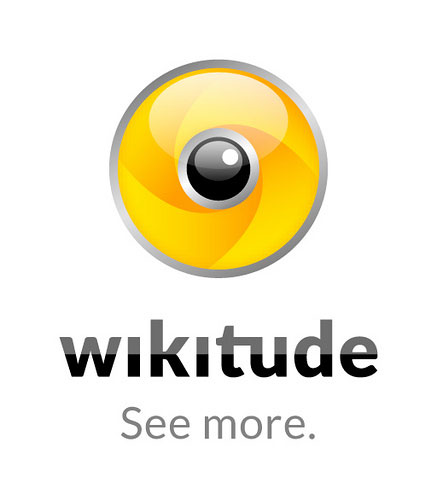Analysing the Effects of a Wide Field of View Augmented Reality Display on Search Performance in Divided Attention Tasks
SCHEDULE INFORMATION
| Event Title | Session Title | Chair | Room | Start | End |
|---|---|---|---|---|---|
| Head-Worn Displays OST | Head-Worn Displays - Optical See-Through | Tom Furness, HITLab, University of Washington | HS1 | 12 Sep, 2014 11:00 AM | 12 Sep, 2014 12:30 PM |
Abstract:
A wide field of view augmented reality display is a special type of head-worn
device that enables users to view augmentations in the peripheral visual
field. However, the actual effects of a wide field of view display on the
perception of augmentations have not been widely studied. To improve our
understanding of this type of display when conducting divided attention
search tasks, we conducted an in depth experiment testing two view management
methods, in-view and in-situ labelling. With in-view labelling, search target
annotations appear on the display border with a corresponding leader line,
whereas in-situ annotations appear without a leader line, as if they are
affixed to the referenced objects in the environment. Results show that
target discovery rates consistently drop with in-view labelling and increase
with in-situ labelling as display angle approaches 100 degrees of field of
view. Past this point, the performances of the two view management methods
begin to converge, suggesting equivalent discovery rates at approximately 130
degrees of field of view. Results also indicate that users exhibited lower
discovery rates for targets appearing in peripheral vision, and that there is
little impact of field of view on response time and mental workload.

















